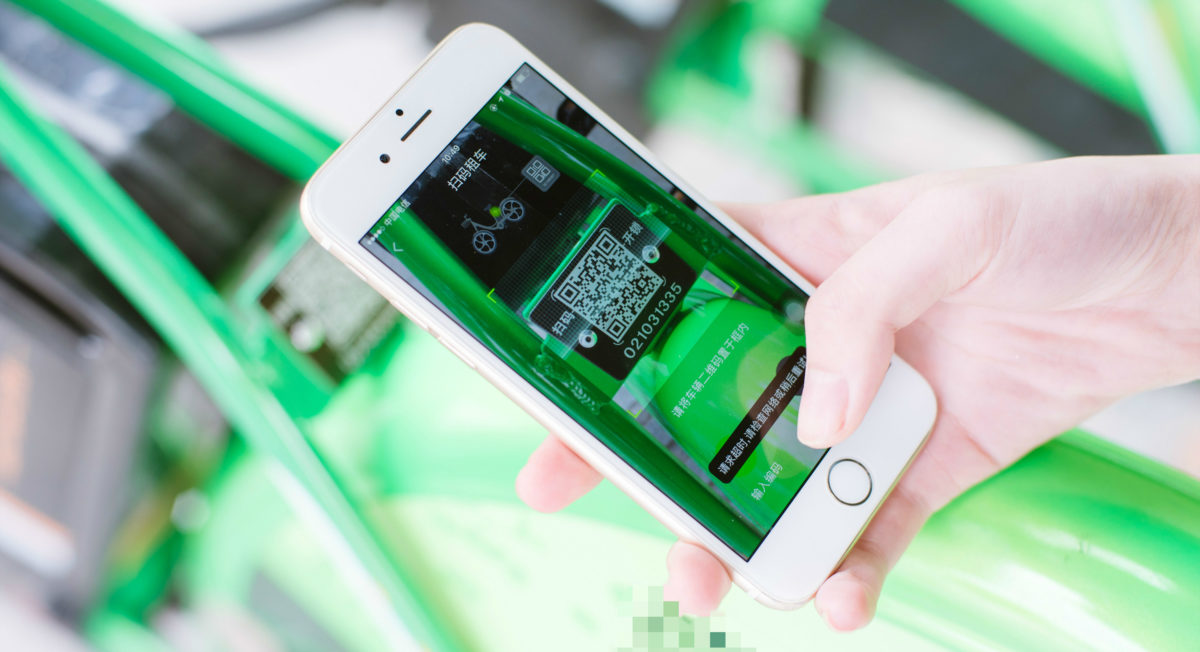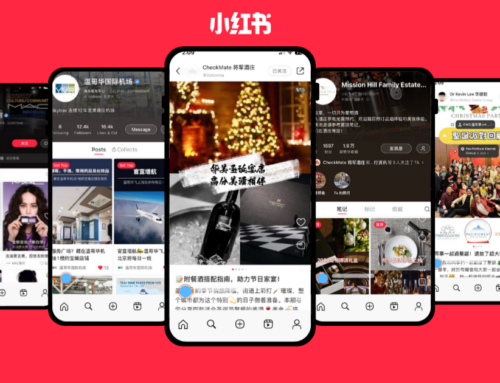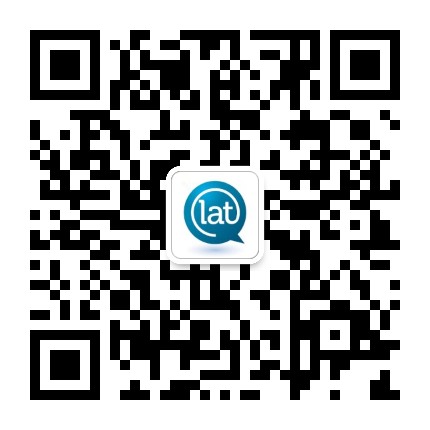Invented by Toyota in 1994 and made publicly accessible in 1999, quick response (QR) codes have taken the lives of Chinese people by storm since 2011. In China, it’s not unusual to see locals scanning QR codes in street food vendors, next to bike shares, and more.
Here in North American, many people still find these little square codes a bit confusing. Here is the lowdown on how they work, what they are used for, and how companies can use them to appeal to Chinese clients and customers.
Exchanging business cards? That’s so outdated!
In March 2018, WeChat had one billion monthly users, each of whom has a unique QR code per account. Gone are the days of exchanging business cards at networking events in China. Instead, people take out their phone and display their WeChat QR code for others to scan. There’s no need to juggle dozens of cards and manually enter personal information in a database, either. All new contacts are stored in WeChat, making them easy to reach.
Only a Google search away? Not in China!
Everyone’s favourite search engine, Google, is banned in China. The Chinese equivalent, Baidu, is tedious to use, with each query generating thousands of similar sites. But with QR codes, consumers simply scan a code to find everything they need. The practicality of QR codes has made them the standard way of directing consumers to online content, whether on a website, an app, or a social media account. That applies equally within North America where many Chinese use WeChat as their main social media tool and appreciate the speed and efficiency of scanning a QR code.
Carry a wallet? Not anymore!
In China, wallets bursting with subway or train tickets, bank cards, loyalty and customer cards, etc. are relics of a bygone era . China boasts a 77% mobile payment usage rate, versus 48% in the United States and 27% in Japan (Tencent, September 2017). In China, cell phones are used for all kinds of payments, whether its groceries, public transit passes, or even to give money to beggars. The QR code is used as an essential tool to permit quick, cash-free payment.
Language barrier? Let’s talk QR.
Chinese isn’t a Latin language, so don’t be surprised if your clients have trouble finding the Latin alphabet spelling of your company’s name on social media. What’s more, Facebook and Twitter are banned in China. The solution? Why not talk in code? QR codes make it easy for Chinese consumers to access to your products and services, and will open up your business to new avenues.















